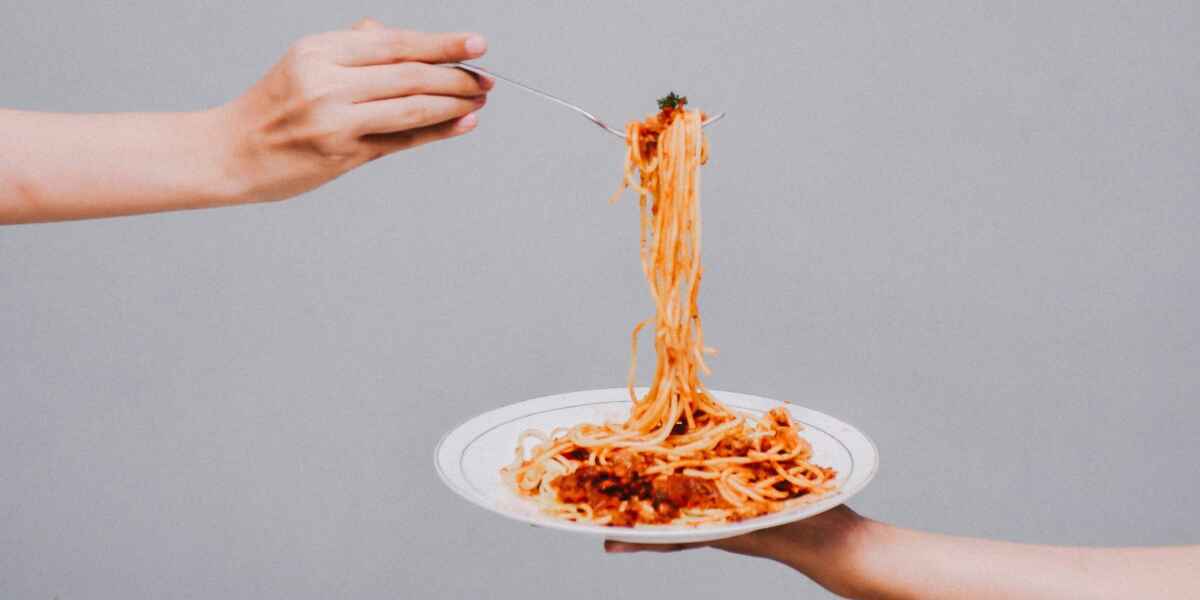Everything You Need To Know About Salt
Salt. It’s the unsung hero of the kitchen—the tiny molecule that can take a bland dish from meh to mind-blowing in a single pinch. But beyond making your fries taste irresistible, salt has a rich history, a surprising amount of controversy, and a permanent place in everything from ancient trade routes to modern nutrition debates.
So, how much do you really know about salt? Should you be worried about your sodium intake? Is pink Himalayan salt actually better for you? And why does a sprinkle of salt make chocolate taste even better?
It’s time to shake things up by breaking down everything you need to know about salt—without getting too salty about it.
Salt and History: More Than Just a Seasoning
Salt isn’t just a kitchen staple—it’s one of the most powerful substances in human history. Wars have been fought over it, empires built on it, and entire economies shaped by it. In fact, the word salary comes from the Latin salarium, because Roman soldiers were once paid in salt.
Before refrigerators, salt was the OG food preserver, keeping meats, fish, and vegetables edible long before Tupperware existed. It allowed civilizations to store food, travel farther, and, ultimately, thrive. Entire trade routes were built around salt, with cities like Venice and Timbuktu becoming rich by controlling its supply.
Beyond economics, salt has deep cultural and spiritual significance. It’s been used in religious rituals, ancient healing practices, and even as a sign of hospitality. Ever heard of “spilling salt brings bad luck”? That superstition dates back to Leonardo da Vinci’s The Last Supper, where Judas is depicted knocking over a salt cellar—a symbol of betrayal.
Click to connect with a registered dietitian and get a personalized meal plan designed just for you!
The Role of Salt in Cooking
If you’ve ever followed a recipe exactly and still ended up with something that tasted… off, there’s a good chance the issue wasn’t your technique—it was your salt (or lack thereof).
As Salt, Fat, Acid, Heat so brilliantly explains, salt isn’t just about making food taste salty. It’s a flavor amplifier, a texture transformer, and a chemical game-changer in the kitchen. Used correctly, it can elevate a dish from flat to fantastic. Used incorrectly… well, let’s just say there’s a reason “oversalted” is a culinary crime.
Timing is Everything: When (and How) to Salt Like a Pro
- Before Cooking: Ever wonder why restaurant steaks taste better than the ones you make at home? The secret is salt—and patience. Salting proteins ahead of time helps them retain moisture and develop richer flavor.
- During Cooking: Adding salt while you cook (instead of just at the end) allows it to meld with the other ingredients, creating a more balanced and flavorful dish.
- After Cooking: A sprinkle of flaky salt on a freshly baked chocolate chip cookie? That’s the magic touch that keeps your taste buds coming back for more.
💡 Fun Fact: Salt suppresses bitterness, enhances sweetness, and intensifies umami. That’s why a pinch of salt in hot chocolate or caramel sauce makes them taste even better.
Not All Salts Are Created Equal
If you’ve ever stood in the grocery aisle staring at an overwhelming selection of salts, wondering if you really need a different kind for every occasion—the short answer is: kinda. Here’s a quick cheat sheet:
- Kosher Salt: The MVP of everyday cooking—great texture, dissolves well, easy to control.
- Sea Salt: Harvested from evaporated seawater, often with trace minerals for subtle flavor variation.
- Flaky Salt: Light, delicate, and perfect for finishing touches on dishes (or making your avocado toast look fancy).
- Iodized Table Salt: Fine-grained and fortified with iodine, but often contains anti-caking agents that can give it a slightly metallic taste.
So, if you want your food to taste like it came out of a restaurant kitchen, the secret isn’t just what you cook—it’s how you salt it. And if you’re still skeptical? Try tossing a pinch of flaky salt on your next batch of cookies and tell us it doesn’t taste like pure magic.
Sodium Intake: How Much Is Too Much?
Salt makes everything taste better—but how much is too much? The answer isn’t as simple as "salt is bad for you." Your body needs sodium to function, but like most things in life (and holiday cookies), balance is key.
The recommended daily sodium intake for adults is around 2,300 mg (about one teaspoon of salt), according to the FDA. But here’s the kicker—most people consume nearly double that without realizing it. And no, it’s not because of the salt shaker at the dinner table. Most of the excess sodium in our diets comes from processed and restaurant foods, not the salt we sprinkle on our meals. Here’s where it tends to sneak in:
- Canned soups and sauces – That innocent-looking tomato soup? It’s packing way more sodium than you think.
- Deli meats and cheese – Yep, your turkey sandwich might be a salt bomb in disguise.
- Bread and packaged snacks – Sodium is used as a preservative, meaning even seemingly bland foods can be surprisingly salty.
💡 Fun Fact: Some breakfast cereals have more sodium per serving than a small order of fries. Let that one sink in.
Sodium itself isn’t evil—it helps regulate fluid balance, nerve function, and muscle contractions. The problem? Too much sodium over time can contribute to high blood pressure and heart disease. The fix? Cut back on processed foods, read labels, and let salt enhance your food—not overpower it.
The Salt Myths You’ve Been Told
Salt has been around forever, which means it’s had plenty of time to rack up some serious myths. Let’s shake things up and separate fact from fiction.
🧂 Myth #1: "Salt = High Blood Pressure"
✅ The Truth: Eating too much sodium can contribute to high blood pressure, but it’s not the only factor. Genetics, overall diet, and lifestyle choices (like exercise) play a huge role. If you’re balancing your sodium intake with potassium-rich foods (hello, bananas and sweet potatoes) and drinking enough water, your body can handle a reasonable amount of salt just fine.
🧂 Myth #2: "Pink Himalayan Salt Is Healthier"
✅ The Truth: Yes, it contains trace minerals like magnesium and calcium—but in such tiny amounts that it won’t dramatically impact your health. The main difference? It looks pretty and costs more. If you love it, go for it! But nutritionally, it’s not that different from other salts.
🧂 Myth #3: "Salt Makes You Bloated"
✅ The Truth: Sodium can cause temporary water retention, but real bloating is usually caused by things like processed foods, gut health, or lack of fiber. If you’re eating mostly whole foods and staying hydrated, a little salt isn’t going to ruin your day (or your jeans).
🧂 Myth #4: "Cutting Out Salt Completely Is the Healthiest Choice"
✅ The Truth: Sodium is essential for your body. It helps regulate nerve function, muscle contractions, and hydration. The key isn’t to eliminate salt—it’s to avoid the excessive sodium hiding in processed foods. In fact, try putting a pinch of salt and lemon in a glass of water for an impromptu electrolyte boost!
The Bottom Line: Stay Salty (In a Good Way)
Salt isn’t the enemy—it’s the secret weapon of great cooking and an essential nutrient your body actually needs. The real issue isn’t the pinch of salt you add to your roasted veggies—it’s the excess sodium hiding in processed foods, takeout, and packaged snacks.
Embrace good salt habits—season your food with purpose, be mindful of hidden sodium in processed foods, and don’t fall for marketing gimmicks (looking at you, overpriced pink salt). Your body needs sodium, but like all good things, balance is everything.
So go ahead, salt your pasta water, sprinkle flaky sea salt on your avocado toast, and give your food the love it deserves. Just remember: the best seasoning isn’t more salt—it’s the right amount of it. Stay salty, stay smart, and keep your meals (and your health) in check.










